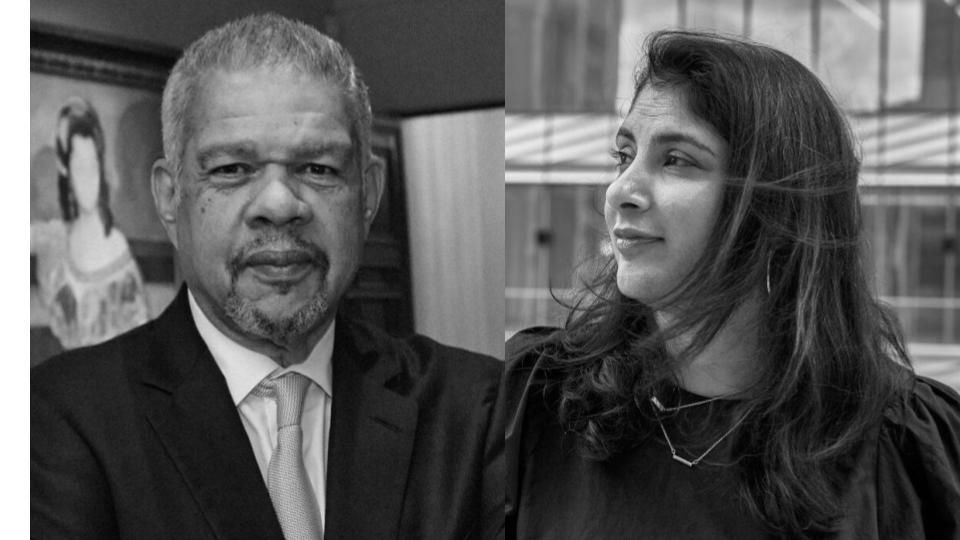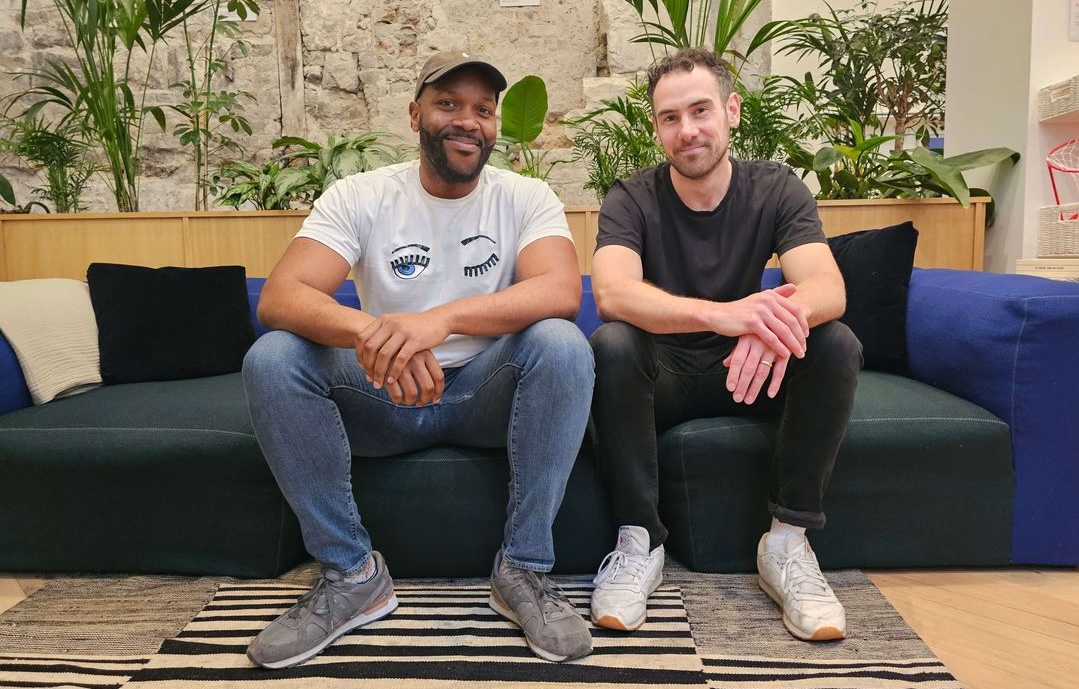ImpactAlpha, Feb. 13 – Building up Black-led firms to become suppliers to America’s largest corporations is a long-term project. With Project Black, Ariel Alternatives is taking a quicker route: Buy up mid-sized companies that may or may not be minority-led, diversify management, improve the business and connect them to corporate buyers.
“We’re not ‘Black-washing,’” says Ariel Alternatives’ Leslie Brun who co-founded the new private equity unit with Ariel Investments’ Mellody Hobson. “We are applying typical traditional private equity elements – acquire a company, assess the adequacy and competency of management, and look for where you can make operational improvements. We’re just doing those things and employing Black and Brown talent that we know exists within corporate America that’s often overlooked.”
Project Black is Ariel’s first foray into private equity. The Black-led firm reported $16.2 billion in assets under management at the end of last year. Project Black has a seven-year investment period and 25-year life, longer than the typical 10-year fund.
It’s first acquisition: Sorenson Communications, a maker of technology for the deaf and hard of hearing company originally founded by Jim Sorenson. Ariel Alternatives bought 51% of the Utah-based company from private-equity firm Blackstone.
Brun and Aarti Kotak, the fund’s head of impact, spoke with ImpactAlpha about Project Black’s $1.5 billion raise from J.P. Morgan, Lowe’s, Walmart and other corporations – one of the largest fundraising hauls for a debut private equity fund.
In the wake of George Floyd’s murder in 2020, America’s largest corporations promised to boost purchases from minority-owned businesses from 2% of corporate spending today to 15% – a $1 trillion opportunity. Yet most Black-led firms are too small to meet their needs. “There is a terrific mismatch,” Brun tells ImpactAlpha in a wide-ranging Q&A.
ImpactAlpha: What was the genesis of Project Black?
Brun: In the wake of [the murder of] George Floyd, four or five of us got together regularly to talk about ways we might use that catalytic event to benefit our community. And simultaneously, many of the Fortune 500, if not most, came out to support Black causes and stated that they had larger goals with respect to their supplier diversity to improve circumstances within the Black community. That was enough to galvanize our thinking.
Mellody had a conversation with Jamie Dimon, on whose board she sits, around J.P. Morgan’s efforts to be helpful in that regard. Jamie had a notion that J.P. Morgan could invest assets in minority-owned asset managers that would find their way to benefiting the Black community. Mellody had another idea. So off the back of that, Project Black was born. We thought we could bring together the discipline of private equity to benefit Black and Brown communities in a way that hadn’t historically been done before, to change the paradigm around how Black and Brown businesses are viewed.
There are 124,000 Black owned businesses, 95% of which have revenues of less than $5 million. With the stated desire on the part of the Fortune 500 to increase their supply spend with diverse suppliers, there is a terrific mismatch. If you’re a $50-billion-spend-a-year, or even a $10-billion-spend-a-year company, writing a purchase order with a business that’s doing less than $5 million is potentially fractious and damaging to your own supply chain. We thought we could change that dynamic by investing in enterprises that were upscale to begin with, and that we could further scale by growing them more rapidly, converting them to minority-owned status, and going back to folks who’ve expressed desire to increase their spend with a way to do so meaningfully and still advantage these enterprises.
ImpactAlpha: How does the model work and how do you identify these opportunities?
Brun: We’ve created what we think of as a virtuous circle. We have the Fortune 500 bringing to us opportunities with companies that they’re already doing business with that could benefit from increased access to capital, improved management and operating capability. And they’re bringing to our attention subscale firms they like but haven’t done business with and that may already be minority-owned.
The private equity community more broadly has recognized that our ability to underwrite to a higher predictability of revenue to create value, by dint of the fact that we have this coterie of folks who have a demonstrated desire to increase their spend and drive revenue growth. They’re going to have opportunities [with companies] they may already own, that they think would benefit from our investment thesis. We could be the majority owners, they could ride along on a residual equity basis and capture a benefit.
Lastly, we’re getting deals from the great diaspora of Black and Brown executives who are interspersed throughout corporate America, who have skills and experiences and want to demonstrate their management and execution chops, and are identifying areas of investment that they would like to run.
These are deals which are genuinely unavailable otherwise, because they’re specifically focused on our investment thesis to add value, which can’t be really prosecuted by mainstream private equity firms.
ImpactAlpha: Your first acquisition was Sorenson Communications, a communications tech provider for the deaf and hard-of-hearing. Ariel Alternatives bought the company from Blackstone and others last April (it was originally founded by Jim Sorenson). Explain how your strategy has played out in this example.
Brun: Sorenson was brought to us by Blackstone. They immediately latched on to our investment thesis and suggested that we would be better owners and move the needle much more quickly in terms of Sorenson’s growth – and that they would like to ride along. So we did a transaction. We are a 51.5% owner, and Blackstone and a consortium of private equity owners own 49.5%.
We identified a senior executive, who happens to be Latino and someone who I’ve mentored for a number of years, and put him in place before we closed on the transaction.
Kotak: The first pillar of our strategy is the integration of impact diligence very early, at a much deeper level than is typical in private equity. We stay very disciplined to impact and ESG, and particularly the Project Black “North star” of building Black and Latino wealth. Because if we don’t start with it, then it’s much harder to live it.
Sorenson started with 4% [diverse] talent in the C-suite. Over 35% of all of Sorensen’s executives, from board to vice president, are now people of color. That’s a big change. We’ve been able to dispel that theory of “we can’t find people.” We have those connections, we understand that community.
We’ve also hired a permanent chief impact officer, so there’s an impact office there that will be typical of all of our portfolio investments.
ImpactAlpha: So that’s the impact. How has Sorenson’s performance improved?
Brun: We are first and foremost capitalists. We recognize that if we do something that has profitability at its core, we can have greater impact, because then it’s not philanthropy. It’s progress and profits.
If we do this correctly, we can impact the entirety of the employee stack. It starts at the top, because if you can’t see it, you can’t be it. If you can provide [leadership] with an economic benefit to do the right thing, they’re more likely to do the right thing, which trickles down the employee stack.
We’re not “Black-washing.” We are applying typical traditional private equity elements – which is when you acquire a company, you assess the adequacy and competency of management, and you look for where you can make operational improvements. We’re just doing those things and employing Black and Brown talent that we know exists within corporate America that’s often overlooked.
ImpactAlpha: What is the exit strategy for Project Black’s investments? Is employee ownership part of the strategy?
Brun: We are firm believers in employee ownership. But if you’re a receptionist, a single mother who’s making $30,000 a year, you’re more worried about how you’re paying your kid’s tuition bill, putting on the table, and all those other elements of life more than equity [in a company].
That said, the mission is to drive the growth of Black and Latino wealth. At some level, equity ownership makes perfect sense. At others, it’s maybe a hybrid of equity ownership for some and bonuses or cash payments for others. The point is to make certain that the employee stack participates in the economic benefit and wealth we create for the enterprise.
We have a fund that has a 25-year life on purpose. We don’t want to be in a position to have to prematurely sell or monetize an asset in order to show a return to our limited partners. If we establish minority-owned firms that are integral to the supply chain of larger corporates, those corporates want to know that those firms are going to be there.
By being able to hold our companies longer, we’ll generate more cash for profitability, be able to recapitalize these companies, return capital to our investors and our shareholders, and still maintain control of these enterprises for as long as appropriate.
ImpactAlpha: You don’t call yourselves an impact fund and yet you have impact inherently baked into every part of this process.
Brun: We’re driven by the economic gain that could be had here for our community to drive profitability, but where our communities are sharing that profitability. That would be our impact. We are firm believers that if you make money, people will support your activities. If you are successful, that’s sustainability and can perpetuate itself. If we did it as philanthropy, it’s one and done.
ImpactAlpha: This is your first private equity initiative at Ariel. Are there more to come?
Brun: We have broader ambitions to do things that will continue to positively affect the Black and Brown community. But we first have to demonstrate success in this endeavor to give our existing investors, and quite honestly the doubters out there, a firm conviction that yes, we can do it. And then we’ll move on to the next thing.
This interview has been condensed and lightly edited for clarity.











